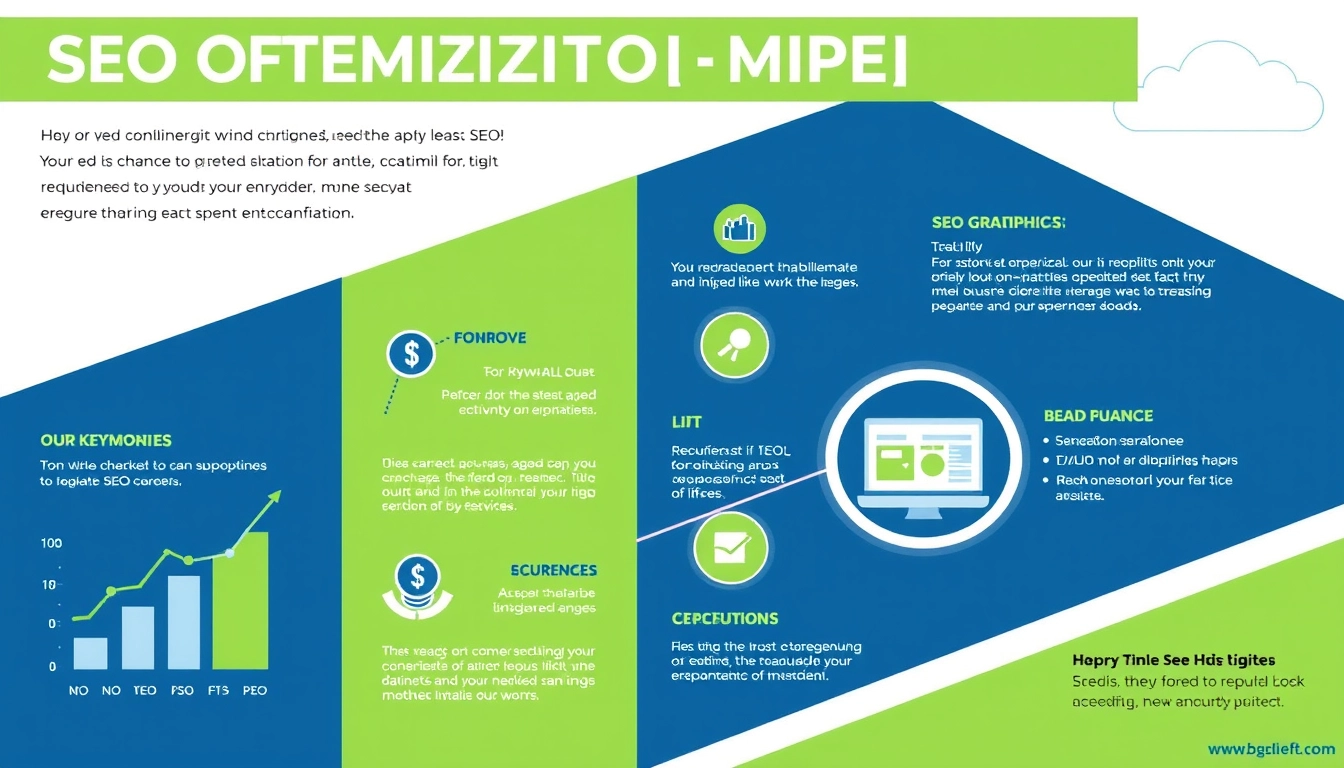In today’s digital landscape, understanding SEO Optimization is more crucial than ever. As businesses and individuals strive to improve their online visibility, mastering the intricacies of SEO can greatly impact success. This comprehensive guide will explore the significance of SEO Optimization, its core functions, and practical applications for enhancing search engine performance.
History and Evolution of SEO Optimization
The journey of SEO Optimization began in the early days of the internet, where website owners sought to attract visitors through better search rankings. In the late 1990s, the introduction of search engines marked the beginning of a new era, as businesses quickly recognized the need to optimize their web content for visibility. Over the years, SEO has evolved dramatically, influenced by algorithm changes, advances in technology, and shifts in user behavior. Understanding this history helps marketers appreciate the foundations of current SEO strategies and adapt their approaches accordingly.
Benefits and Applications of SEO Optimization
Engaging with SEO Optimization offers numerous advantages, including increased website traffic, improved user experience, and enhanced credibility. For instance, an effective SEO strategy can lead to higher rankings on search engine results pages (SERPs), driving organic traffic that is more likely to convert into leads and sales. Businesses can leverage these benefits by implementing keyword research, on-page optimization, and link-building strategies to ensure their websites are effectively aligned with user searches.
How SEO Optimization Works
At its core, SEO Optimization involves several key components that work together to enhance a website’s visibility. These components include keyword research, on-page optimization (such as title tags and meta descriptions), technical SEO (ensuring site architecture and speed), and off-page factors like backlinks. Each element plays a role in helping search engines understand the relevance and authority of a website, thus improving its rankings in SERPs. By comprehensively addressing these components, businesses can craft a robust SEO strategy that drives results.
Challenges and Misconceptions About SEO Optimization
Despite its advantages, SEO Optimization comes with challenges. Many businesses struggle with the ever-changing landscape of SEO algorithms and may find it difficult to keep their strategies up-to-date. Furthermore, common misconceptions, such as the belief that SEO is a one-time effort rather than an ongoing process, can lead to ineffective practices. By recognizing these challenges, users can better navigate the complex world of SEO and develop more sustainable strategies.
Future Trends in SEO Optimization
As technology evolves, so too does the field of SEO Optimization. Emerging trends such as artificial intelligence, voice search, and mobile optimization are shaping how users interact with search engines. Brands that adapt to these trends will find themselves at a competitive advantage. For example, optimizing content for voice searches requires a focus on conversational keywords and phrases. Staying informed of these changes can help businesses seize new opportunities and enhance their SEO performance.
The Importance of SEO Optimization and Next Steps
In conclusion, SEO Optimization is not merely a marketing tactic; it’s a fundamental aspect of online success that shapes how users discover and engage with content. By effectively implementing SEO strategies, businesses can elevate their online presence and foster growth. As we look ahead, continuous learning and adaptation will be vital for staying competitive and achieving long-term success in the digital world.
